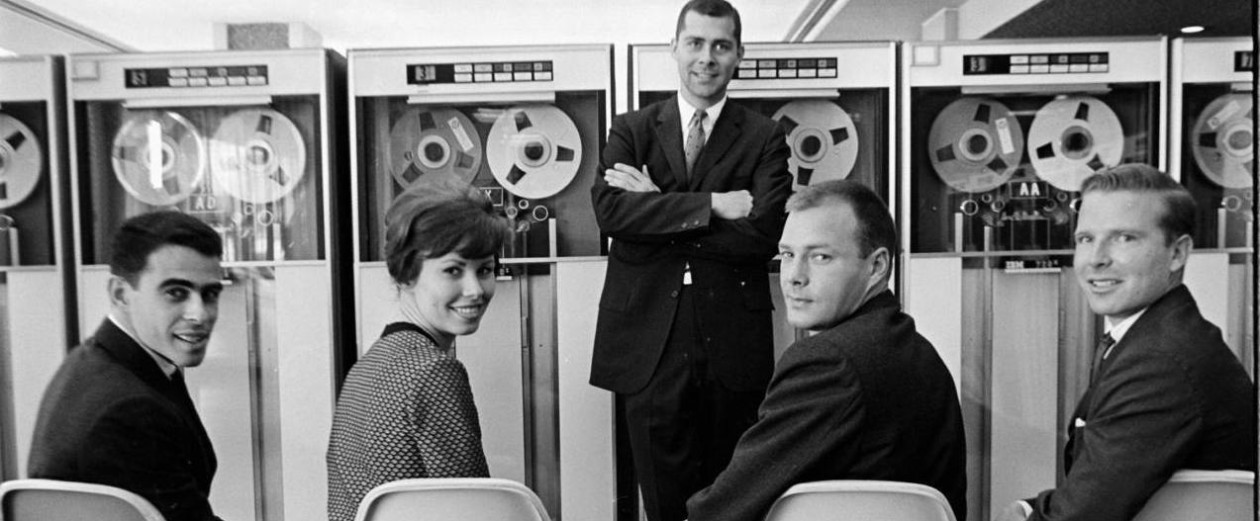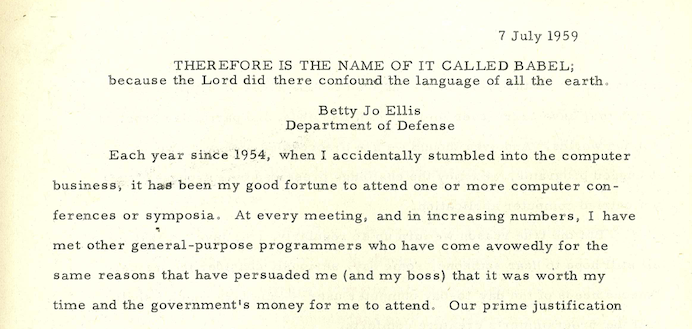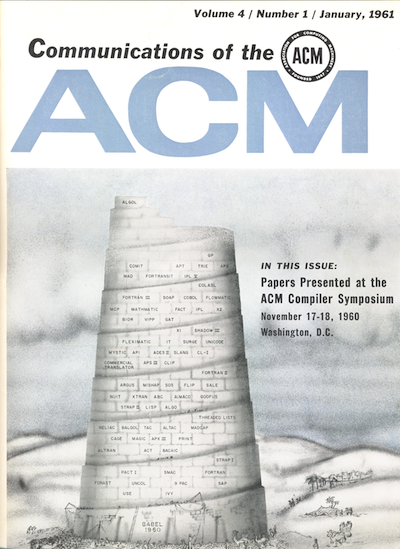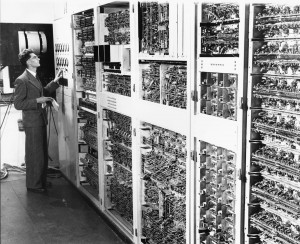I have not been very diligent about keeping up with this blog lately. In part this is because my online activities have been focused on building up a bibliography of scholarship on the history of technology and gender. Although it is not confined to information technology specifically, it does thoroughly cover the available literature on gender and computing. You can find the printable PDF version here, but I am hosting the source material as a shared Github repository in the hopes that this will make the resource more useful to other scholars.
There are a few recent works in the history of computer programming that are worth highlighting, however.
The first is a new book by Gerard Alberts called Computerpioniers: het begin van het computertijdperk in Nederland (University of Amsterdam Press, 2017). As you might infer from the title, it is written in Dutch. The title roughly translates into English as Computer Pioneers: The beginning of the computer age in the Netherlands. I unfortunately do not read Dutch, but I know Gerard and his work and have talked about this history on many occasions. This is an important and original contribution to our field. Buy a copy if only as an encouragement to the publisher to issue a translation!
The second is a very recent article by Ksenia Tatarchenko entitled “The Computer Does Not Believe in Tears”: Soviet Programming, Professionalization, and the Gendering of Authority, which was published in Kritika: Explorations in Russian and Eurasian History. Alas, for those of you who are not professional academics, this will likely be hidden behind a paywall. But pay attention to Tatarchenko and her work. Her work on the history of Soviet computing is just stellar, and part of an exciting reinvigoration of that field.
In fact, speaking of Soviet computing, Ben Peter’s 2016 book How Not to Network a Nation: The Uneasy History of the Soviet Internet was just awarded the 2017 Vucinich Book Prize for “the most important contribution to Russian, Eurasian, and East European studies in any discipline of the humanities or social sciences.” This is a well-deserved award for an excellent book, and it is particularly nice to see research in the history of computing getting recognized by the broader historical community!
Finally, Jeffrey Yost has published a book that is so fresh that my copy has not yet been delivered. It is called Making IT Work: A History of the Computer Services Industry (MIT Press, 2017). I am so excited about this book, which takes an even broader view of the history of computer work than The Computer Boys, and encompasses consulting services, data processing, programming, and systems integration, among other topics. My understanding is that it covers a longer time period as well, from the 1950s to the present.

 Follow
Follow

